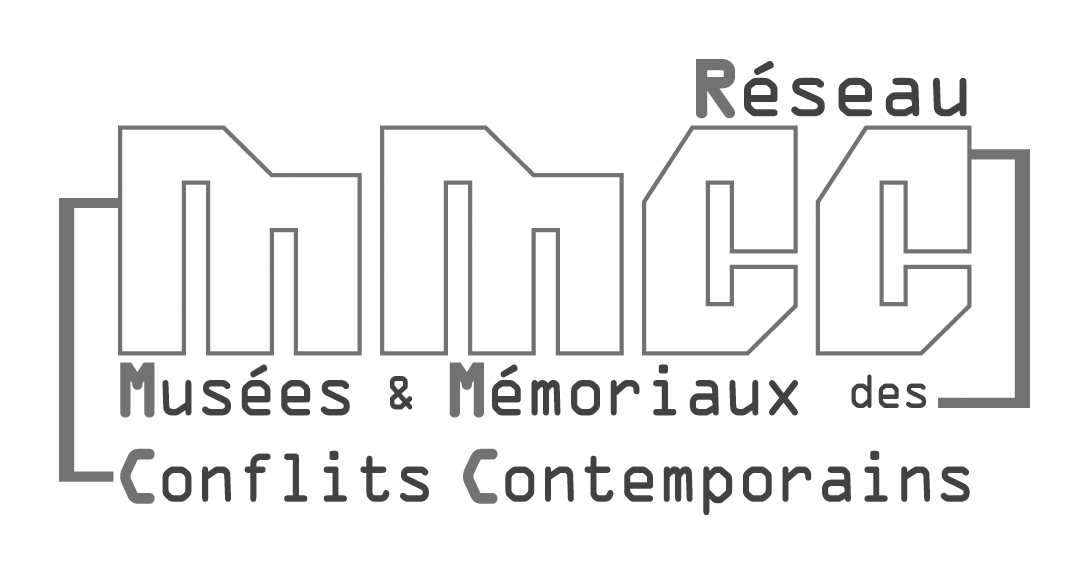?View the online brochure
WWI walks / MUSÉE TERRITOIRE

Explore the traces of the First World War between the battlefields of the Somme and the Chemin des Dames. Lying on the First World War front line, the Musée Territoire 14-18 offers the opportunity to discover cemeteries, quarries, commemorative monuments and 19 hiking trails, offering an insight into tunnel warfare, the use of tanks, the tragic stories of those executed as an example, the German occupation, stationing in quarries (some of which can be visited), and civilian life in the French villages near the front.
Following the old First World War front line, the Musée Territoire 14-18 sheds light on a great many aspects of a conflict that left a lasting impression on the local landscape and population.
Here you can visit a number of museums (Musée de la Batellerie, Musée du Noyonnais); an interpretation centre (Espace Découverte in Rethondes), which will prepare you for your visit to the battleground by using modern technology to present the main stages of the conflict in the area; several quarries (Confrécourt, Montigny); a large number of cemeteries, monuments and remains (various French cemeteries; two German cemeteries, including the biggest in the Oise; a number of bunkers, including that of the Crown Prince of Bavaria, at Nampcel; the ruins of Plessier-de-Roye and Ourscamp abbey); follow our hiking trails, and immerse yourself in the everyday lives of civilians and soldiers a hundred years ago.
In late August 1914, the German 1st Army invaded the Oise and the Soisson area. It passed Compiègne and Senlis, then went on down the eastern side of Paris to participate in surrounding the French troops. But the French, aided by the British, halted the invaders at the Battle of the Marne (5 to 10 September 1914). The Germans then retreated, stopping on the right bank of the Aisne. From 14 to 20 September 1914, the very violent fighting that took place across the Noyon and Soisson areas brought little change. While the belligerents tried to break the deadlock by attempting to outflank each other to the northwest of Noyon (the start of the ‘Race to the Sea’), the front became established in the area for 30 months, along a line that passed through Roye, Lassigny, Ribécourt, Autrêches and Soissons. The inhabitants of the towns and villages near the front line were evacuated, while the Germans occupied Noyon and the northeast of the department of the Oise. Following the German retreat over the Hindenburg Line in March 1917, the Oise was liberated a first time. But although life tended to return to normal with the return of the civilians, the German offensives of spring 1918 prolonged the fighting in the area until the end of August 1918. The various battles waged during this period transformed towns and villages, which up until then had been spared, into “flattened country”.
The clearing in Rethondes nevertheless became the symbol of peace regained, with the signing of the Armistice on 11 November 1918.

Sources : ©Musée Territoire 14-18